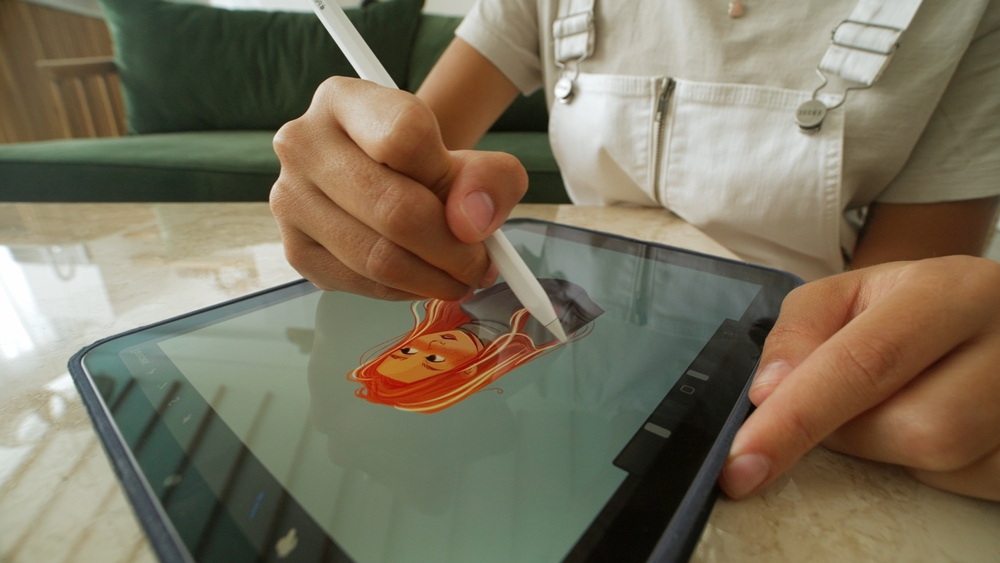A Dive into the Luminary World of Digital Art
As the digital age advances, the realms of art and technology continue to intertwine, giving birth to a new and fascinating medium: digital art. This article dives into the realm of digital art, tracing its historical roots, examining its current state, and predicting the future of this dynamic art form.

A Historical Perspective on Digital Art
Digital art, though a seemingly modern phenomenon, traces its roots back to the 1960s when artists started to experiment with new technologies to expand traditional art boundaries. The first pioneers of digital art were individuals like Frieder Nake and Harold Cohen, who began using algorithms and computers to create artworks. Their work laid the foundation for many digital artists today, giving birth to an art form that combines creativity with technology.
The Present Landscape of Digital Art
Fast forward to today, digital art has evolved to encompass a variety of forms, from digital painting and 3D modeling to virtual reality art. The advent of the internet has also democratized the field, allowing artists worldwide to share their creations and gain recognition. One of the most significant developments in recent years is the rise of NFTs (Non-Fungible Tokens), which have revolutionized the way digital art is bought, sold, and owned.
The Impact and Significance of Digital Art
Digital art has significantly impacted the art world, changing the way we create, view, and interact with art. It has democratized the art world, making art accessible to anyone with an internet connection. Additionally, it has opened up new avenues for artistic expression, allowing artists to experiment with new mediums and techniques. The rise of NFTs has also given digital artists a way to monetize their work, marking a significant shift in the art industry.
The Reception of Digital Art
While digital art has gained popularity, it has also faced criticism and skepticism. Some traditional art enthusiasts argue that digital art lacks the authenticity and tactile quality of traditional art. However, many praise digital art for its innovative nature and the opportunities it provides for artists. Despite the criticism, it’s clear that digital art has carved a niche for itself in the art world.
The Future of Digital Art
As technology continues to advance, the future of digital art looks promising. With the rise of virtual and augmented reality, we are likely to see more immersive and interactive digital artworks. Additionally, as blockchain technology becomes more prevalent, the way we buy and sell digital art is also likely to change.
In conclusion, digital art represents a significant shift in artistic expression, blending creativity with technology. It has opened up new avenues for artists and changed the way we interact with art. Despite the challenges and criticisms, digital art continues to evolve and adapt, proving its resilience and relevance in our increasingly digital world. This is not a trend we can ignore; instead, it is a unique form of expression that is here to stay.





